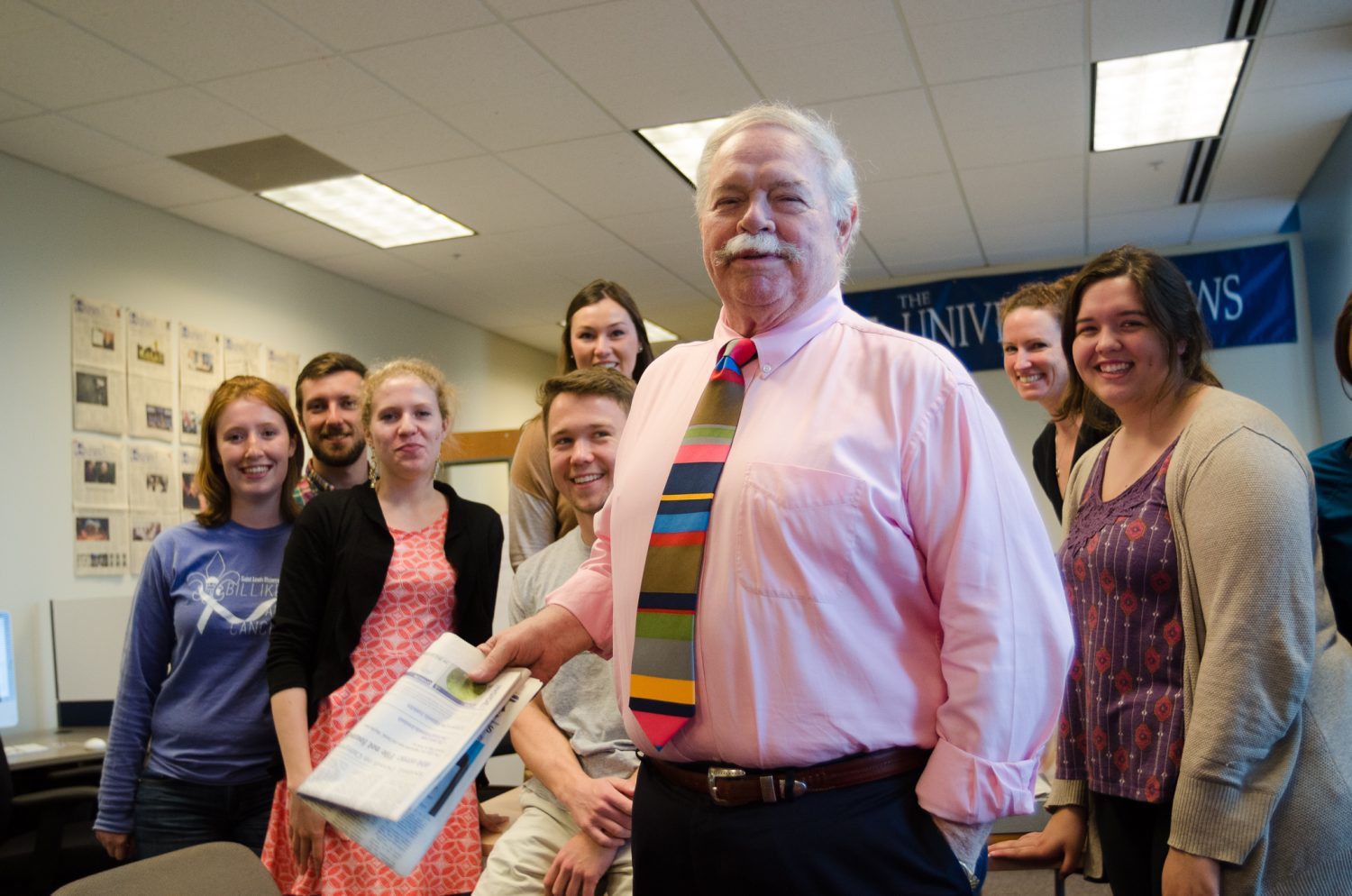It's that time of year again. Spring break is over and pre-med students everywhere are buckling down for the beast known as the MCAT. We spend close to a semester preparing for this eight-hour exam and think only of the day we receive that fat acceptance letter in the mail. Indeed, this is a cause for celebration. I only hope that we don't lose this sense of dedication when we treat patients.
Earlier this month, O'Fallon, Mo. physician Russell Chylsta was arrested and ordered to serve a 26-month prison sentence and pay $25,000 fine for prescribing painkillers inappropriately. He prescribed methadone, a synthetic opioid and hydromorphone, a painkiller commonly known as Dilaudid. The patient was not even examined before being handed the script.
This irresponsibility seems far from common, but it is just another example of the greed and laziness that sometimes take over rational judgment. Medical and osteopathic doctors take the Hippocratic oath before beginning clinical practice. The first tenet is, "Do no harm." Carelessly throwing around pills is hardly adhering to this principle. In fact, it is creating one of the worst conditions humans can suffer-slavery to a chemical dependency, destroying the mind and body. Patients who develop addictions "shop" for doctors who will continue to support their habit. Those who find no simple fix end up dabbling in the world of illicit drugs.
Licensed physicians are registered with the Drug Enforcement Agency and receive a special code which allows them to prescribe controlled substances, including narcotics. The history of said narcotics has followed a cloudy path: Morphine was created in the early 19th century to combat alcoholism and opium addiction. Heroin was then developed in 1898 by the Bayer company as a less habit-forming alternative to codeine and morphine (of which it is a chemical derivative). It surpassed expectations, treating respiratory illnesses especially well. Soon it was discovered that users became tolerant and used it to self-medicate. Methadone was then created to help heroin addicts detoxify.
Now it is known that methadone leads to addiction too. And the cycle continues. So why, then, is this physician, sworn to heal the infirm, giving his patients the strongest opioids in existence without so much as checking for a fever?
Obviously, he is not treating the underlying medical problem. Rather, he is turning people to the dangerous underworld that accompanies drug abuse: violence, prostitution, theft, homelessness and dealing. Sound far-fetched? It's not-health, politics, and personal choices are all connected. The trafficking of narcotics is a dirty enterprise, robbing children of their innocence and keeping whole countries tied to the cultivation of herbs as a living.
What experience do I have with this subject matter? Not much, really. I went through the D.A.R.E. program like everyone else. But I have seen a few other things too. I have seen the heroin addicts wandering the streets of Karachi, Pakistan, tapping on my car window asking for some spare change every time I visit my family. Pakistan, and neighboring Afghanistan, grows and supplies about 75 percent of the world's poppy. I have seen the seizures and vegetative states users endure in emergency departments as a hospital volunteer. Visiting my psychiatrist father at work, I have seen recovering junkies emerge from Narcotics Anonymous meetings.
Withdrawal is not pretty. Those who choose to get clean must be prepared to undergo nausea, muscle pain, tremors, panic, diarrhea and depression. Sometimes withdrawal is even fatal, as it is a rapid shock to the body. Those that make it must confront daily cravings that will plague them for the rest of their lives. John Lennon details this pain in his song "Cold Turkey": "Thirty-six hours, rolling in pain, praying to someone, free me again." It is beyond reprehensible that a doctor would be so negligent to start a patient on such a habit.
Stories of strung-out musicians and actors are familiar and sad. But legally prescribed drugs have claimed the health and lives of celebrities as well. Elvis Presley, Cindy McCain (Senator John McCain's wife) and Rush Limbaugh are just a few from recent times. All began treatment regimens supervised by physicians and proceeded to disaster.
Clearly, there is a spectrum across which the practice of prescribing painkillers lies. In the case of Dr. Chylsta, there is no justification. No matter how different the opinions on providing health care for America or even on the validity of needle-exchange programs, it is fair to say that we should all agree on holding physicians to high standards and not tolerate such disregard for human life. We spend hours in the library memorizing equations and concepts-but the hard work does not end after graduation, nor after medical school. I don't think Dr. Chylsta imagined himself in this situation when he was in college; I don't think my classmates and I spend much time thinking about this situation now. Even though his arrest was not front-page news, it provides an important lesson for us. It reminds us not to be selfish and careless, and to give our patients what they deserve.
Dr. Chylsta certainly got his share.
Maryam Zia is a senior studying biology and Spanish.




